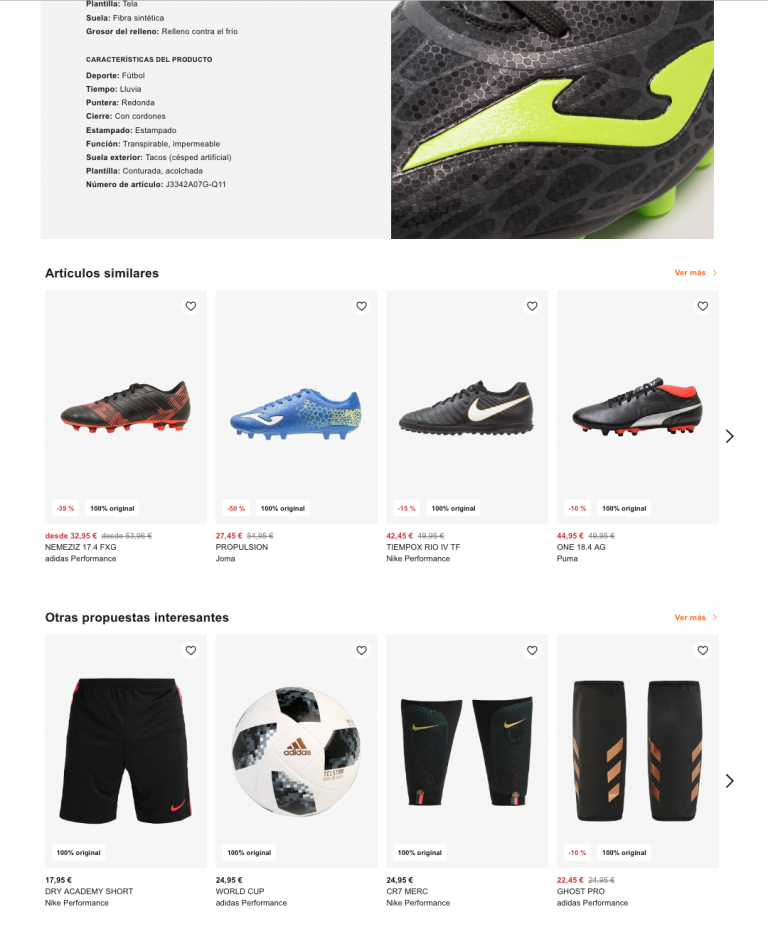
The best examples of cross-selling for e-commerce
Every online store’s obsession is usually capturing customers. We want more and more users, but do we pay enough attention to what they’re buying? If your answer is yes, you’ll be interested in these examples of cross-selling in e-commerce to see what strategies other businesses use.
What is cross-selling?
Of all the ways to increase the average sale, a cross-sale makes the most sense and is the least pressured because the user actually sees it as something interesting or a cool accessory instead of a sales hassle.
Basically, you start by looking through the customer’s purchase history or the products they’re interested in and suggest related or complementary items along the same lines. For example, if a customer bought a pair of children’s beginner roller skates, they might be interested in a helmet and some knee or elbow pads too.
Examples of cross-selling in e-commerce
There are many possibilities when implementing this strategy in your store. In general, you usually mess around with the product card although there are other options and they’re all relatively simple.
#1– Cross-selling when we don’t have a history
Obviously, you can do wonders when you know who’s visited your site and who’s made purchases before. You can even use complex recommendation systems connected to your CRM. But when someone visits for the first time, you don’t have that history.
In these cases, you usually use a list of recommended products or items purchased by other users; after all, you do know that information and there may be a clear purchase pattern.
This example from Wal-Mart explains it well:
Agrill’s product page includes a series of recommendations first, under the heading “other customers also considered’. This really could be an up-selling, or even down-selling strategy, depending on some of the suggestions. There are similar products in different price ranges.
What we’re interested in is the listjust below: other customers also bought …
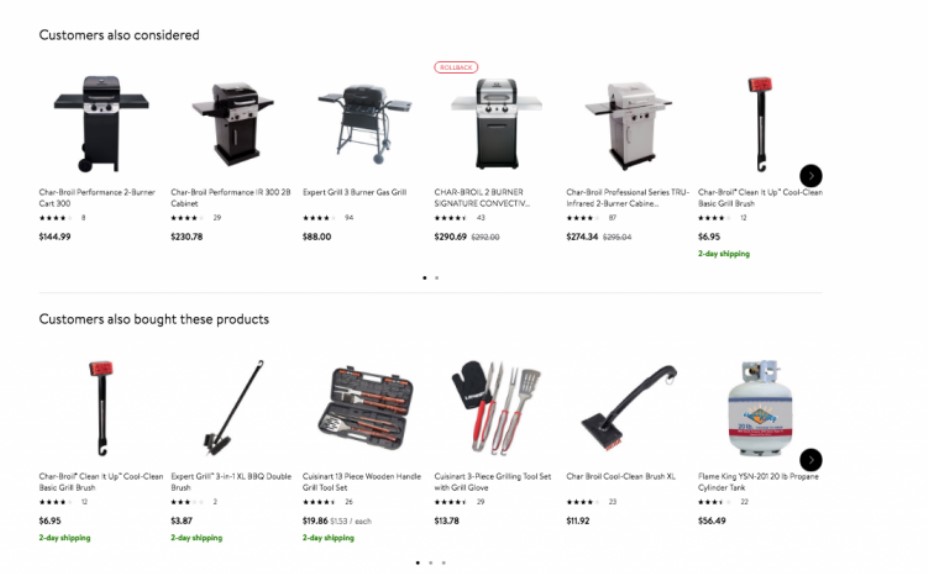
Here’s a prime example: kitchen sets, cleaningappliances, fuels, etc., the kind of things that the customer hasn’t thought about but, if we prompt them at the right time, those items could be an impulse buy, just like in retail.
Another similar example is Zalando. You’re going to buy some soccer cleats and they recommend the training pants, shin guards, and of course, a ball, the official one of the World Cup, no less,that was going on as I was writing this post.
Go one step further and we’ve got Asos, whose recommendations have an even better effect.
From the start, they create a complete look based on the picture on the product card. We play around with the ability to recommend a good professional image and video to get our audience thinking about other products. That way, even though there’s no direct relationship, you can ‘force’ it a bit.
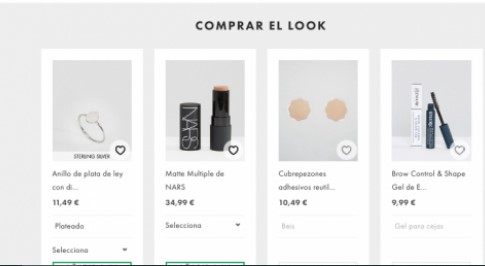
Honestly, look how easily you can offer your customers products they can use at the same timeas the one they’re shopping for.
This is extremely important because your customers are at just the right moment of the shopping experience that they can think of a use for the product that you’re putting at their fingertips. What you put within their reach is finishing up the experience and serves as a driving force for the sale.
Best of all, though not ideal, you don’t need to know what other customers bought, since your common sense is just fine.
#2– Cross-selling and social proof
Here we play with the same cards. We might still not knowanything about the customer visiting our page but we do know what other customers bought and, if it worked for them, you can try it on the new ones.
We’re also dealing with an added layer: a recommendation. Yes, it’s anonymous and implicit, but our outgoingpersonality as consumers makes us think that if someone else bought these products, maybe I should buy them too. To make it clear, this is the typical area that many e-commerce have under the title ‘other customers bought’.
How was Amazon not going to be on this list? They’re probably the ones that use this type of cross-selling strategy best in the e-commerce world. Look how they put a twist on what we discussed: they not only add what other customers bought, they also add what customers looked at, even if the they didn’t buy the item.
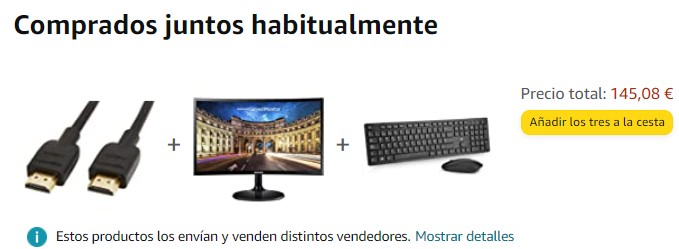
The products in the toprow are less related and more complementary than others. They could be considered more upselling.
Don’t forget about one of the most visual representations that exists, the products that are usually compared together.
It’s so visual and so logical that it’s hard to resist adding those products to yourcart. Even so, it’s so well thought out that a package deal isn’t necessary; by unchecking one of the blue checks the selected products are updated. A great tactic.
Remember package deals because they’re always a great wayto increase the average purchase through cross-selling. You can recommend them in the product cards or even create a separate category like Laconicum and other brands do.
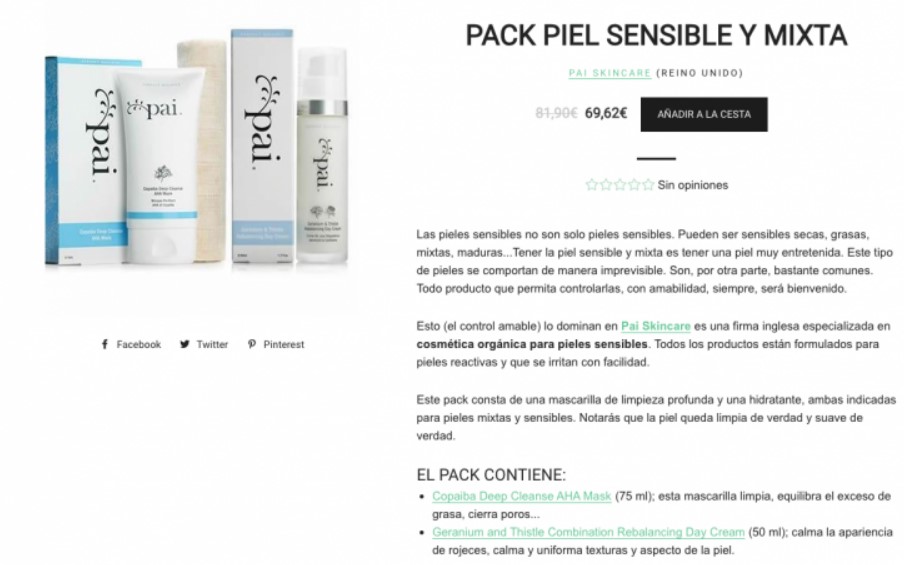
We said that cross-selling isn’t something that you necessarily attack straight from the product card. Amazon, without getting too far into it, pressures you from the homepage, search engine, categories, etc. but there are other options.
Look how Staples makes recommendations when you add something to the cart. I feel like this simple pop-up has made them happy with more than a few conversions.
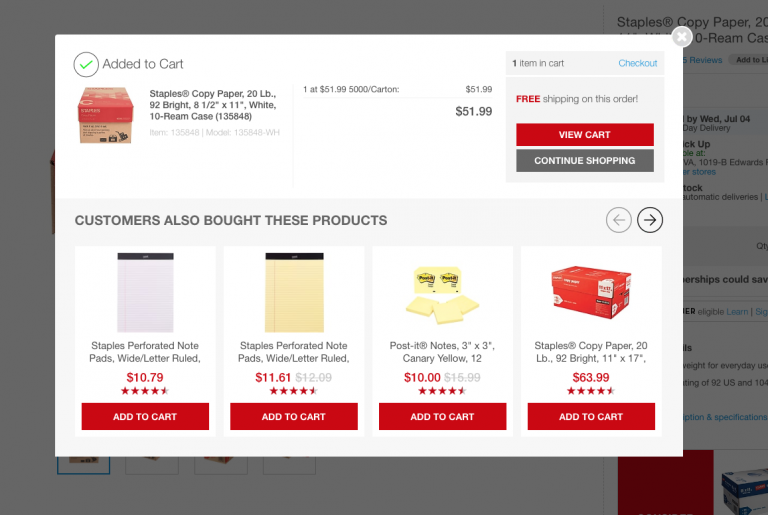
Obviously the more technical capacity you have, the more possibilities you have. If you can play around with what the client has been looking at, their preferences, and previous purchases, you can customize their experience to the max. But, this isn’t essential for success.
Which of these cross-selling examples are you going to go with? Which one do you think is the most interesting?







